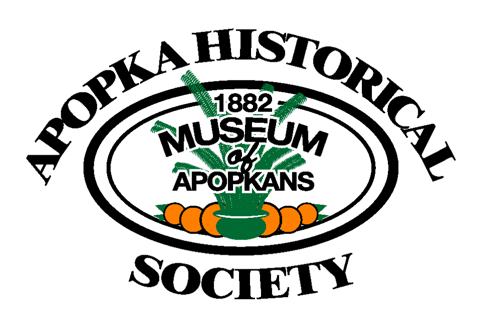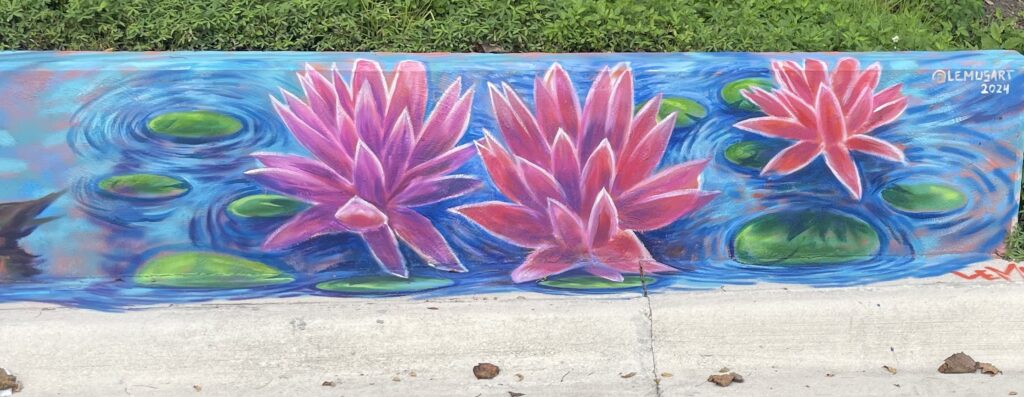Mead's Bottom Mural Project Circa. 1870
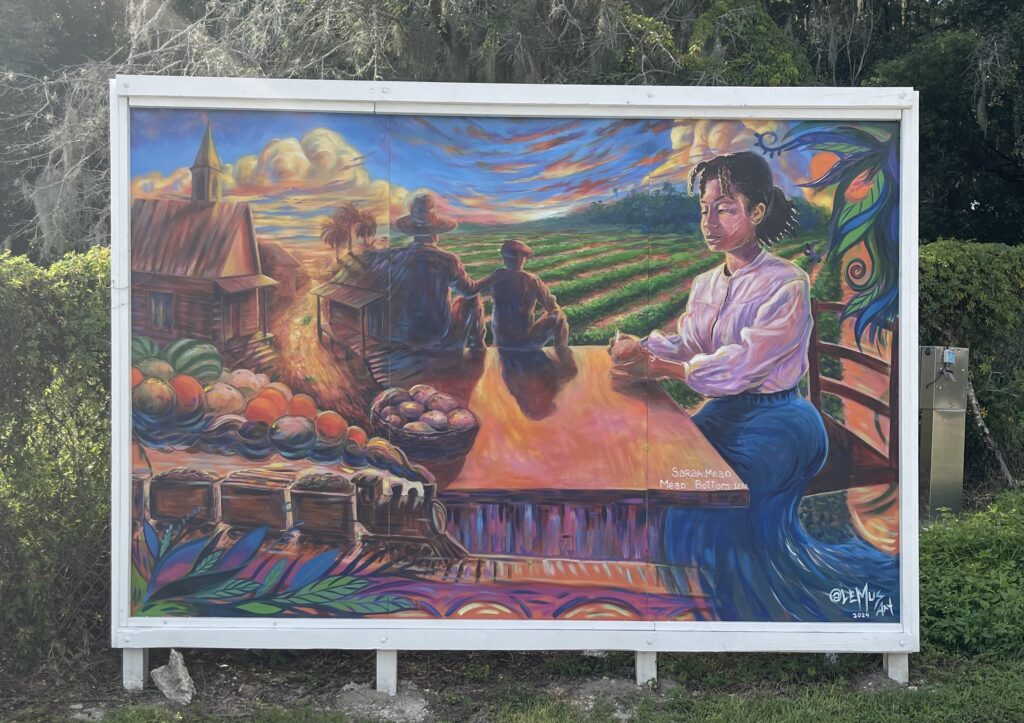
Artist: German Lemus – glemus.wordpress.com – studioartfarm.com – lempira11@gmail.com
About Mead's Bottom
After the Civil War ended in 1865, many freed slaves sought opportunities to work on the railroads, turpentine mills, and citrus and vegetable farms in the South.
Early Apopka settler, Sarah Mead, was born into slavery and sold to a plantation owner in Georgia. Sarah ventured into Apopka around 1870 and settled into an area known as Mead’s Bottom. The area was located south of Highway 441 and 436, bordered by McGee Street on the west and Sheeler Road on the east.
Sarah introduced the area to early black settlers with promises of vast farming opportunities and land ownership. She provided temporary housing and supplies and helped settlers establish homesteads.
Mead’s Bottom was a diverse community where blacks and whites lived and worked together well into the early 1960’s.

Sarah Mead was born in 1836 in South Carolina. She was sold into slavery to a plantation in Georgia and remained enslaved until the end of the Civil War. Sarah met her husband, Lindsey Mead, and settled in Apopka in an area that would be known as Mead’s Bottom. Sarah introduced the Apopka area to early black settlers and helped them establish homesteads.
Mural Portraits presented from left to right!
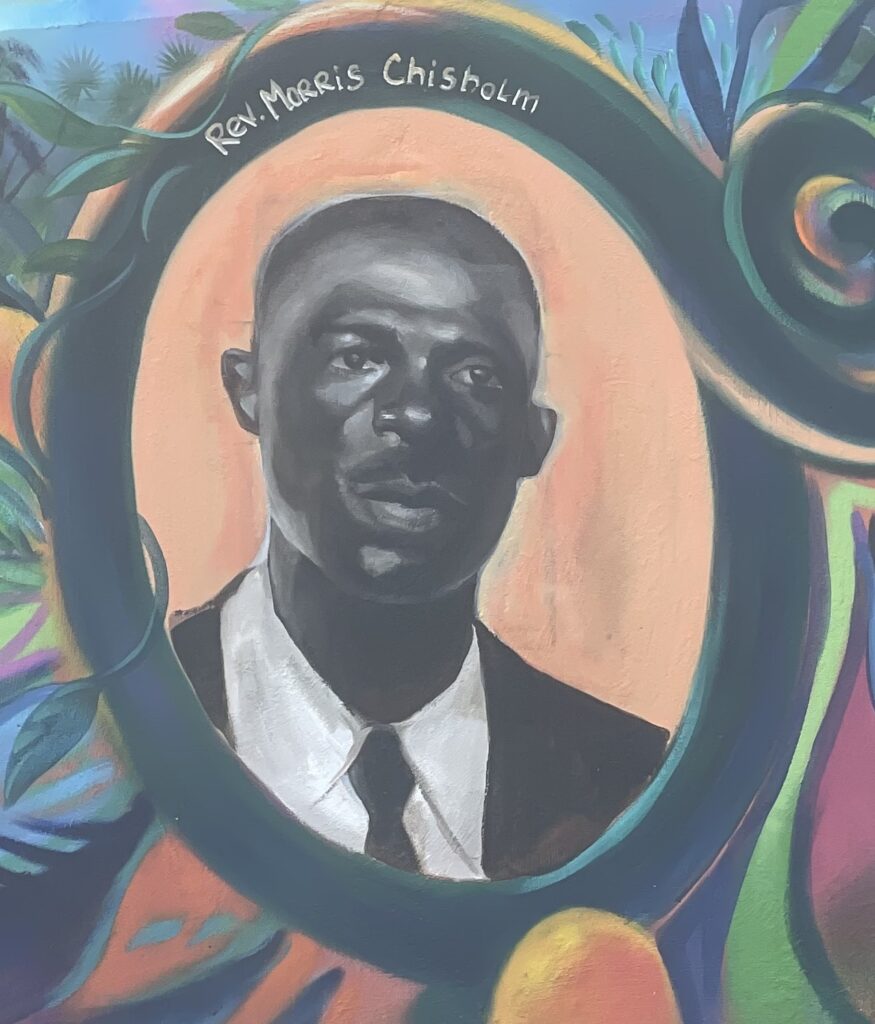
Reverend Morris Chisholm settled in Apopka’s Mead’s Bottom in 1905 and was the last known resident of this settlement. He fought to maintain his property in Mead’s Bottom despite the City Council’s effort to segregate the town and use tax delinquencies to move as many blacks out of what was deemed a white section. He was an independent farmer and community leader.
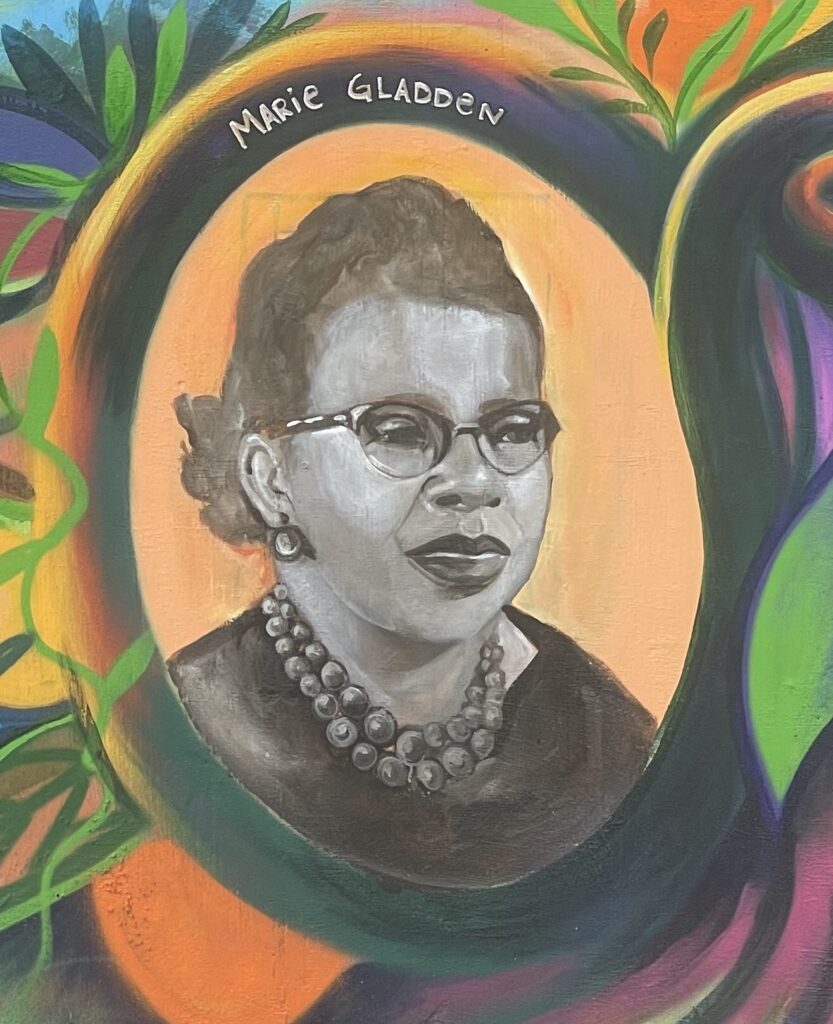
Mrs. Marie Gladden earned her Elementary Education degree from Florida A&M University. She later recieved her Master’s Degree from Columbia University. She began her teaching career in 1923 and later married Michael Gladden Jr. After teaching for many years, Mrs. Gladden became the principal of Phillis Wheatley Elementary School.
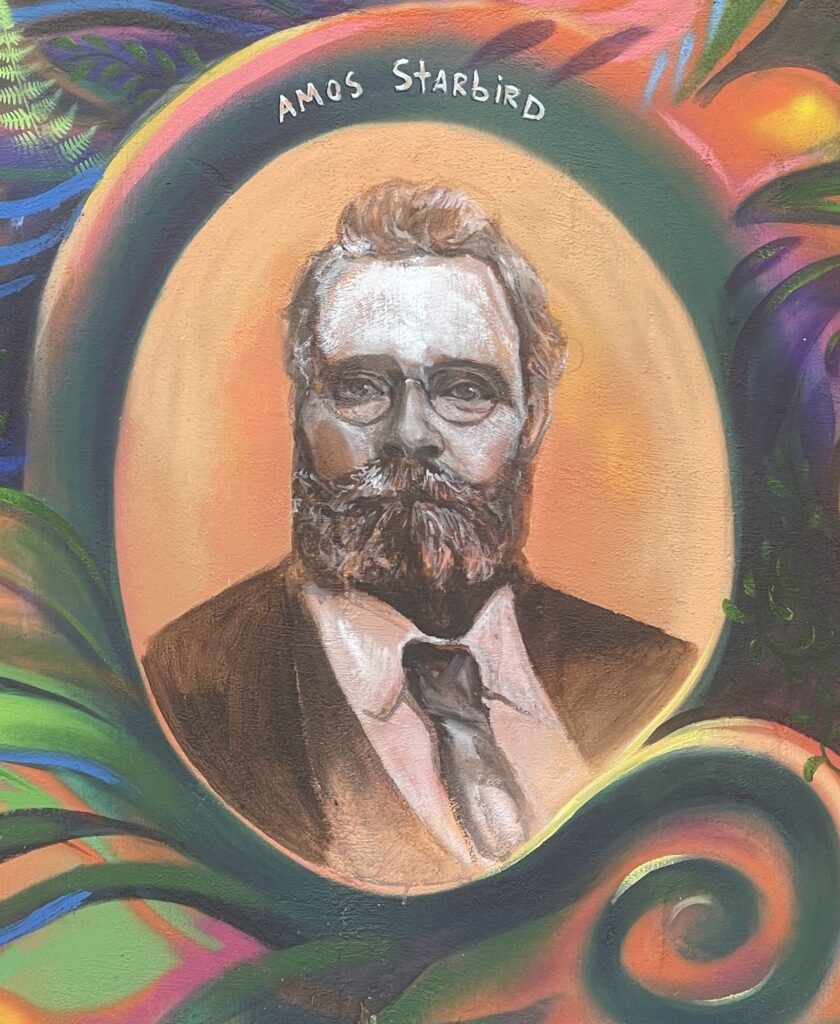
Settling in the Central Florida area in 1885 from Freeman, Maine. Amos Starbird was essential to the start of the lumber mills in Apopka. Within five years of moving from Maine, he worked his way up the ladder to owning his own lumber mill. His family was responsible for utilities in the Apopka area.

Michael Gladden Jr. was a local general store owner from 1924 to 1982. Originally, the store was created and operated by his father, Micheal Gladden Sr. He attended Morehouse College in Georgia until his father’s passing. He would later graduate from Bethune-Cookman University. He was also a founding member of the Washington Shores Savings & Loan Bank in Orlando.
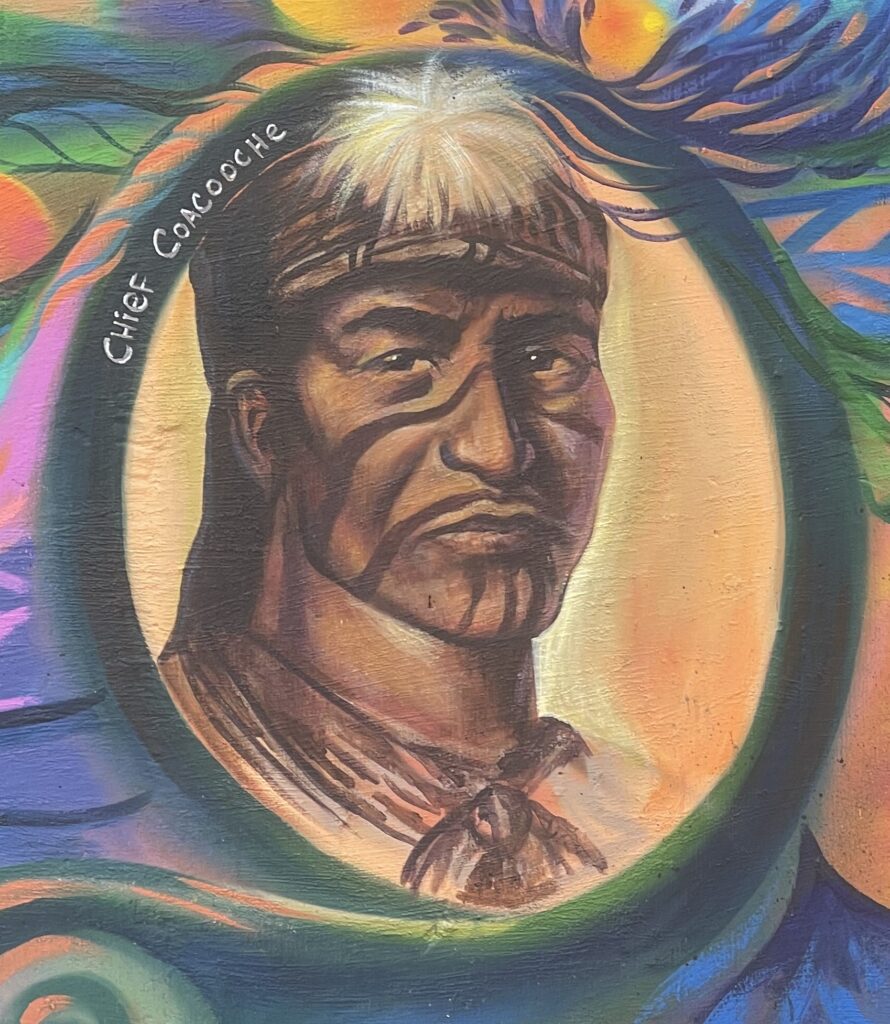
Chief Coacoochee “Wild Cat” was one of the most influential Native Americans during the Second Seminole War. He was believed to have been born in Ahapopka. Revered by the American commanders, stories like slipping through a prison window 18 feet off the ground caught like wildfire. Fighting in his last battle near Lake Apopka, Chief “Wild Cat” was sent on the Trail of Tears to Oklahoma.

Mildred Agnes Board graduated from Bethune-Cookman College with a degree in Elementary Education and a Masters from the University of North Carolina, Durham. She was a well-respected librarian at Phillis Wheatley and Apopka Junior High. Her commitment to empower Apopka’s youth led to her developing the first black Girl Scout troop and many other organizations.
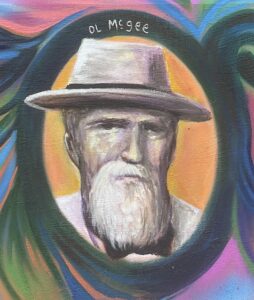
Oliver F. McGee (Ol McGee) was a beloved Apopka local who lived where the current Burger King is located. Himself and his family moved from Louisville, Kentucky and settled within the Apopka area in the early 1880’s. His obituary read “His gentle and kind manner won for him the respect of all who knew him. S McGee Ave. is named in honor of the McGee family.
